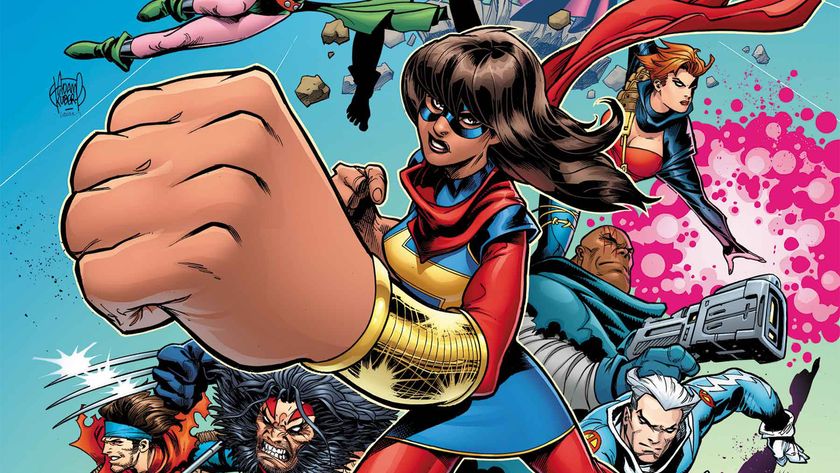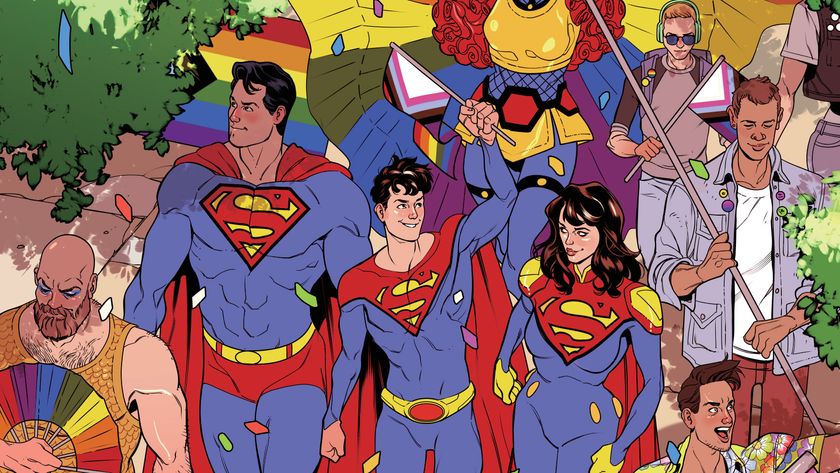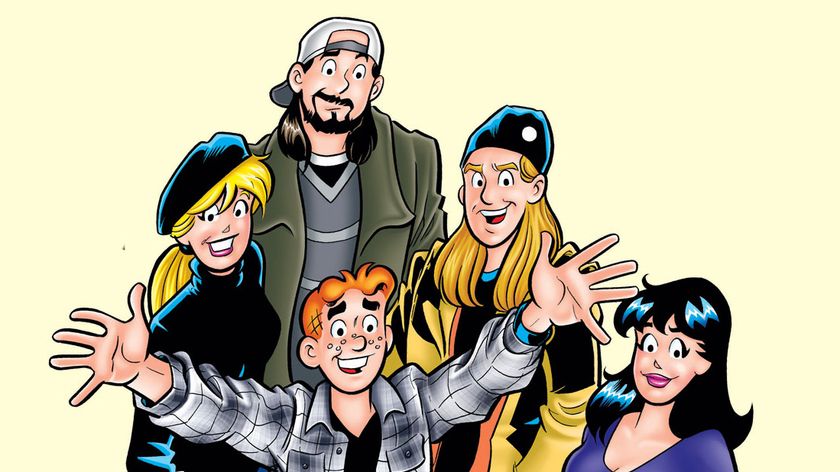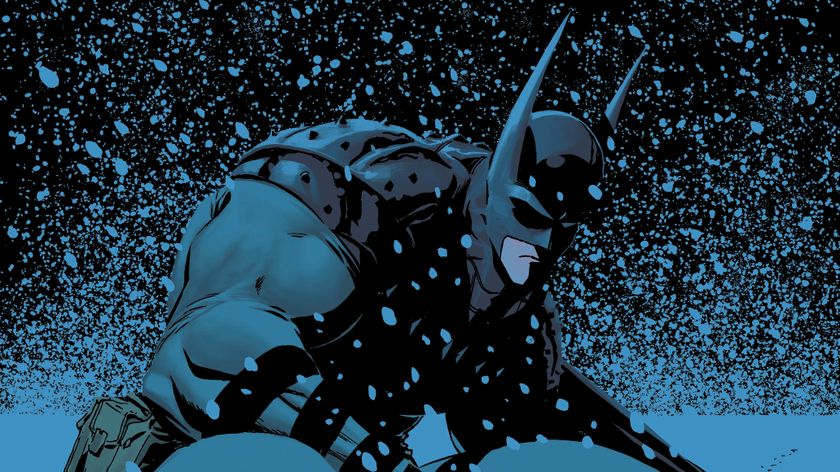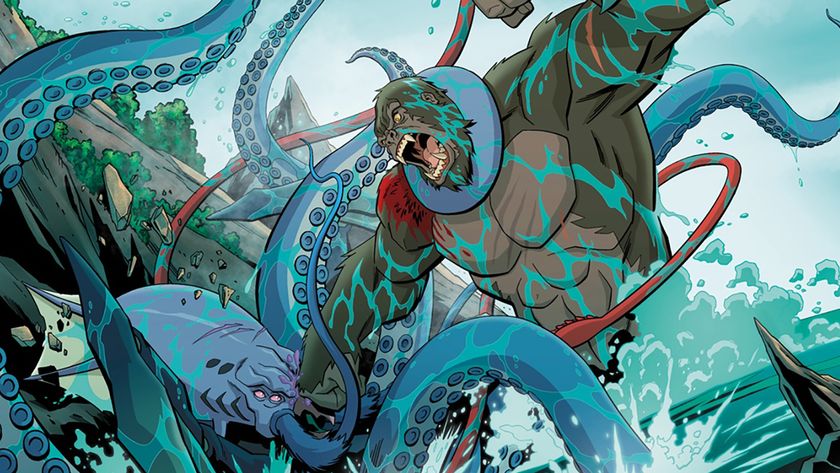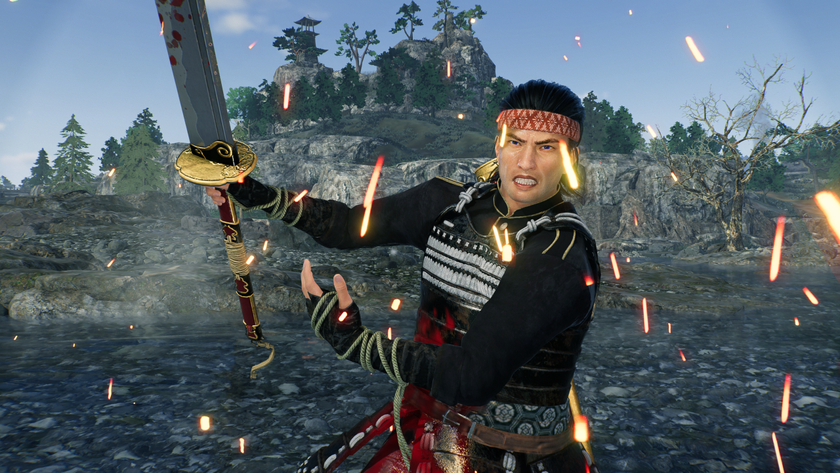Comic-Con 2020 was more accessible than ever – for better and for worse
Even without San Diego, Comic-Con 2020 proved the show can still go on
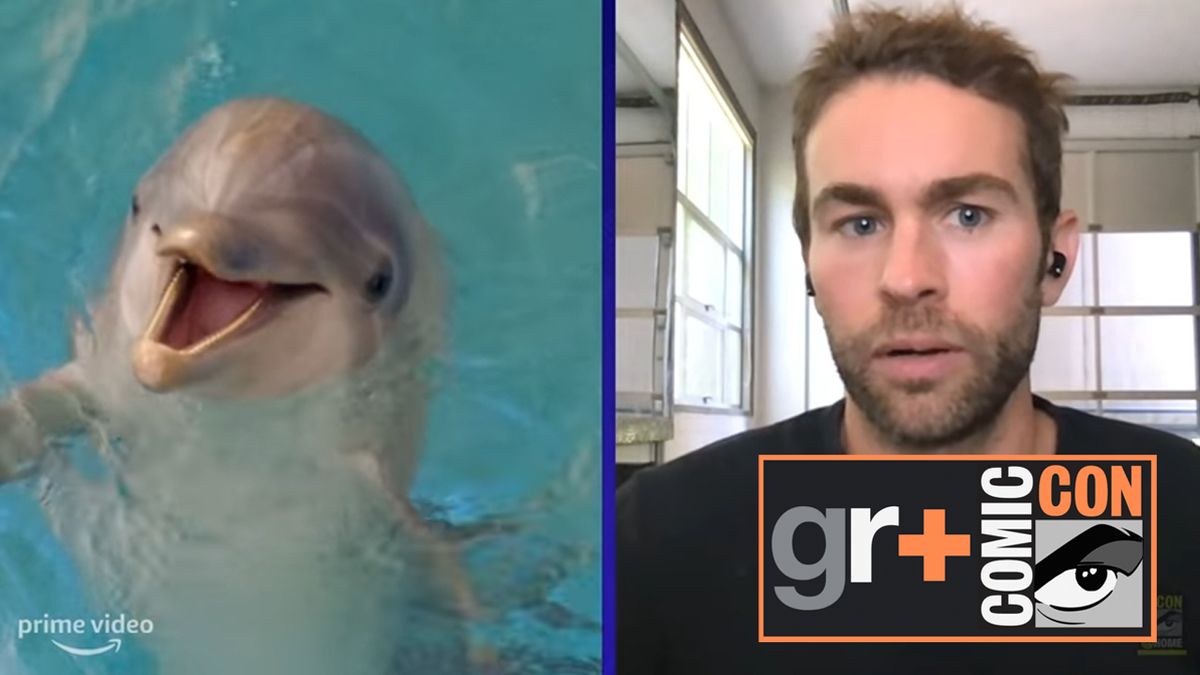
The pop-culture extravaganza that is San Diego Comic-Con was a far more muted affair this year. Gone were the chattering cosplayed masses, the sweaty rush to get in line for panels, and the booth after booth of eye-wateringly expensive exclusive merchandise. In its place was Comic-Con @ Home, a packed schedule of online-only panels available for everyone around the world to watch on YouTube featuring the likes of The Walking Dead, The Boys, and the Star Trek TV Universe.
Did it work? In some ways, the slapdash SDCC was a success. When taking into account that the event was reliant on Zoom calls instead of conference halls, the organisers and the talent involved made the best of the hand they were dealt in the wake of the ongoing COVID-19 pandemic that has wreaked havoc on the entertainment industry.
Undoubtedly the highlight this year was the accessibility of the entire setup. This is coming from someone who should have been hobnobbing and sweating over universal plug adapters in a packed Hall H: the ability to watch everything, at any time, was transformative.
Those who, for whatever reason (be it geography, health-related or any number of factors), couldn’t turn up in previous years, could now ‘attend’ their first SDCC. It’s easy to overlook what a big deal that is if you’re a battle-scarred veteran of the show floors, but it’s a real boon for creators clamouring for new eyes on their shows and franchises.
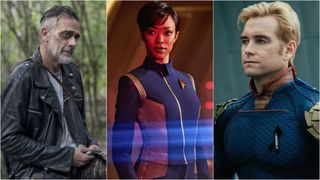
Comic-Con 2020: Everything that happened at this year's event
While it may have been a pared-back schedule with no major names – Marvel and Warner Bros. were conspicuous by their absence – it was still an entertaining look at some of the more underappreciated upcoming movies and series. His Dark Materials, Helstrom, The Walking Dead: World Beyond, and New Mutants all got a chance to shine in the spotlight. If even one new fan is made because of that elevated opportunity, then it will have been worthwhile.
And, yes, while we may all be sick to the back teeth of Zoom calls, the awkward format actually let the actors have considerable time to, well, talk. No interruptions from castmates, no obnoxious whooping, and – thanks to the magic of editing – a confident, often-illuminating stream of consciousness.
Take The Boys season 2 panel, Charlize Theron’s introspection on her late-bloomer action career, and the Directors On Directors panel starring Robert Rodriguez, Colin Trevorrow, and Joseph Kosinski. Each were afforded room to breathe – and it made for an environment where they felt comfortable sharing personal and affecting anecdotes.
Sign up for the Total Film Newsletter
Bringing all the latest movie news, features, and reviews to your inbox
Would the world have known about Robert Rodriguez’s struggle to make Spy Kids? Or Charlize Theron’s undeniable love for Atomic Blonde and Mad Max: Fury Road’s Furiosa? Unlikely. In The Boys’ case, the breezier style of interview with the affable Aisha Tyler (note to organisers: hire professional hosts as a rule next time!) meant certain story details were let slip that they may not have otherwise. That sort of access and insight is a rarity and a win in anyone’s book.
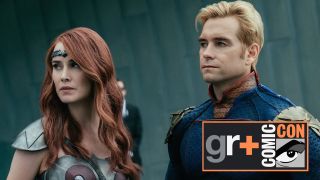
SDCC should take that concept forward and make future events ready and available for everyone to watch online after it’s taken place instead of being relegated to social media whispers and shaky camera footage from behind closed-doors. Yes, the change makes it feel slightly less special, but it also means most of your audience are not missing out.
Away from that, there are still a few things that should be tidied up, no matter how Comic-Con looks in 2021.
Despite the appeal of the intimate Zoom panels, SDCC is nothing without the big moments. Think Tom Hiddleston striding on stage as Loki in 2013, Zack Snyder dropping a Batman v Superman reveal, and dozens more headline-grabbing occasions soundtracked by screams and yelps from passionate fans in Hall H. Without that, Comic-Con 2020 felt low-key – bordering on a non-event at times.
That sense of a half-hearted celebration merely put on to paper over the coronavirus-mandated cracks even extended to the announcements. The lack of a chattered buzz from the audience certainly didn’t help, but it was hard to get hot under the collar for Star Trek table reads and well-intentioned but strait-laced interviews.
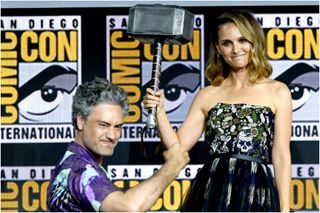
The lack of big stars and names and any seismic shock reveals proved a black mark against SDCC this year. The unprecedented times, and DC abandoning ship to hold its own event in August, didn’t help, but a cursory glance of the schedules very quickly revealed that there just wasn’t anything must-see.
It showed too. Panels were dumped on to YouTube without much pageantry; instead of ‘live’ videos delivering a sense of urgency and immediacy, you could just quickly scroll through to pick and choose what you wanted. That’s perfectly fine after the fact, but made things feel far less important in the heat of the moment.
Despite missteps and misfires, Comic-Con 2020 was undeniably enjoyable and utterly unique, hopefully paving the way for potentially a hybrid-style convention of the future. In years to come, the best seat in the house might not be in Hall H, but in your living room.
It may have lacked the fanfare (and fan expectation) of previous years, but this year’s Comic-Con offered up enough to make us think that – should a similar situation be needed in future – it can just about work.
I'm the Senior Entertainment Writer here at 12DOVE, focusing on news, features, and interviews with some of the biggest names in film and TV. On-site, you'll find me marveling at Marvel and providing analysis and room temperature takes on the newest films, Star Wars and, of course, anime. Outside of GR, I love getting lost in a good 100-hour JRPG, Warzone, and kicking back on the (virtual) field with Football Manager. My work has also been featured in OPM, FourFourTwo, and Game Revolution.
